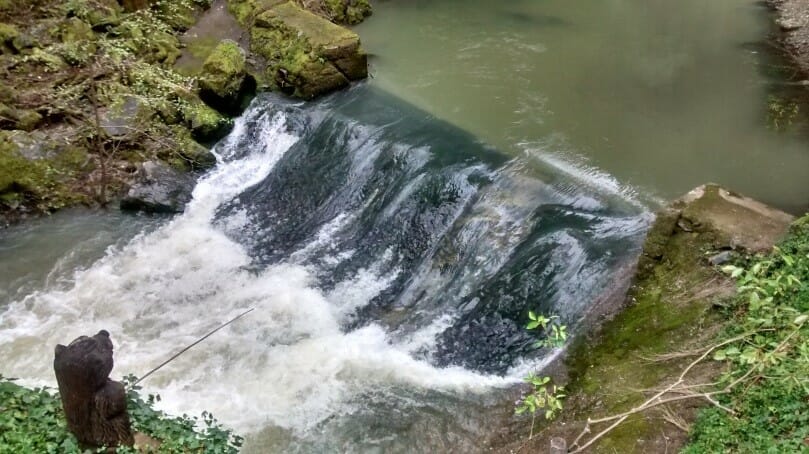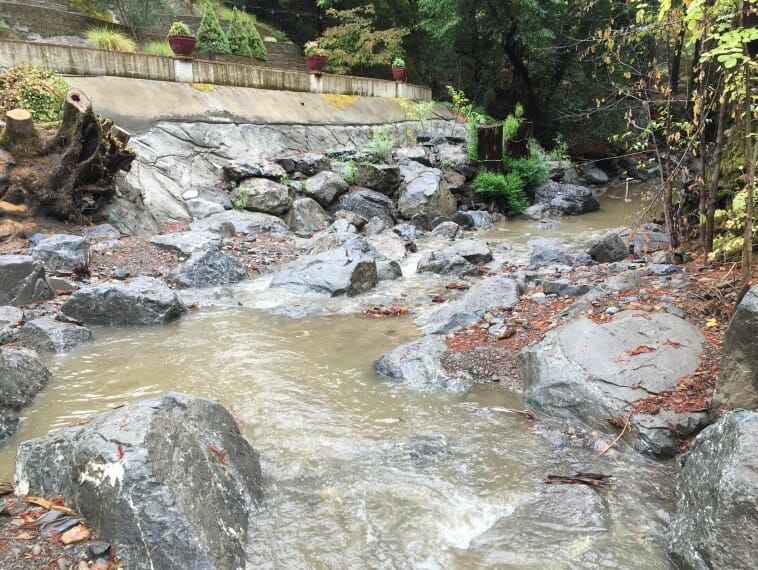The Mill Creek Dam Fish Passage Project dramatically improves access for native coho salmon and steelhead to more than eleven miles of high quality spawning and rearing habitat in a key tributary to California’s Russian River. TU and a variety of partners completed construction on this project in October 2016.
Adult coho salmons returns in the Russian River system, at one time probably 100,000 fish, had fallen to as few as five fish during the severe drought California experienced from 2011-2016. State and federal fisheries management agencies have made it a top priority to restore habitat and improve fish passage throughout this watershed. Trout Unlimited is a key partner in this effort.


Mill Creek harbors some of the best habitat for endangered coho salmon and threatened steelhead trout in the Russian River system. But fish access to Mill Creek was severely impeded for many decades by a large flashboard dam, which the National Marine Fisheries Service identified as “the highest priority barrier within the Russian River [coho] population for remediation.”
This dam blocked access to approximately 11.2 miles of habitat (62% of the anadromous stream) in the Mill Creek watershed. Moreover, the portions of Mill Creek above the dam offer some of the best rearing habitat in the Russian River watershed and consistently remain wet, whereas much of the reach below the dam goes dry during the summer months, especially during drought years.
The project restored passage over and around the dam through construction of a roughened ramp and low-gradient side channel.

The Mill Creek project took three years to complete but almost never got off the ground, due to logistical challenges. Located, literally, in the backyard of several residential properties—and with many site constraints—the project required years of planning and negotiations with local property owners.
Project Partners
- Trout Unlimited (management and grant administration)
- Prunuske Chatham, Inc. (PCI) (designer and builder)
- NOAA Restoration Center’s Community-based Restoration Program (funding)
- California Department of Fish and Wildlife’s Fisheries Restoration Grant Program (FRGP) (funding)
- Sonoma County Water Agency
- UC Cooperative Extension/California Sea Grant (pre- and post-project monitoring)

